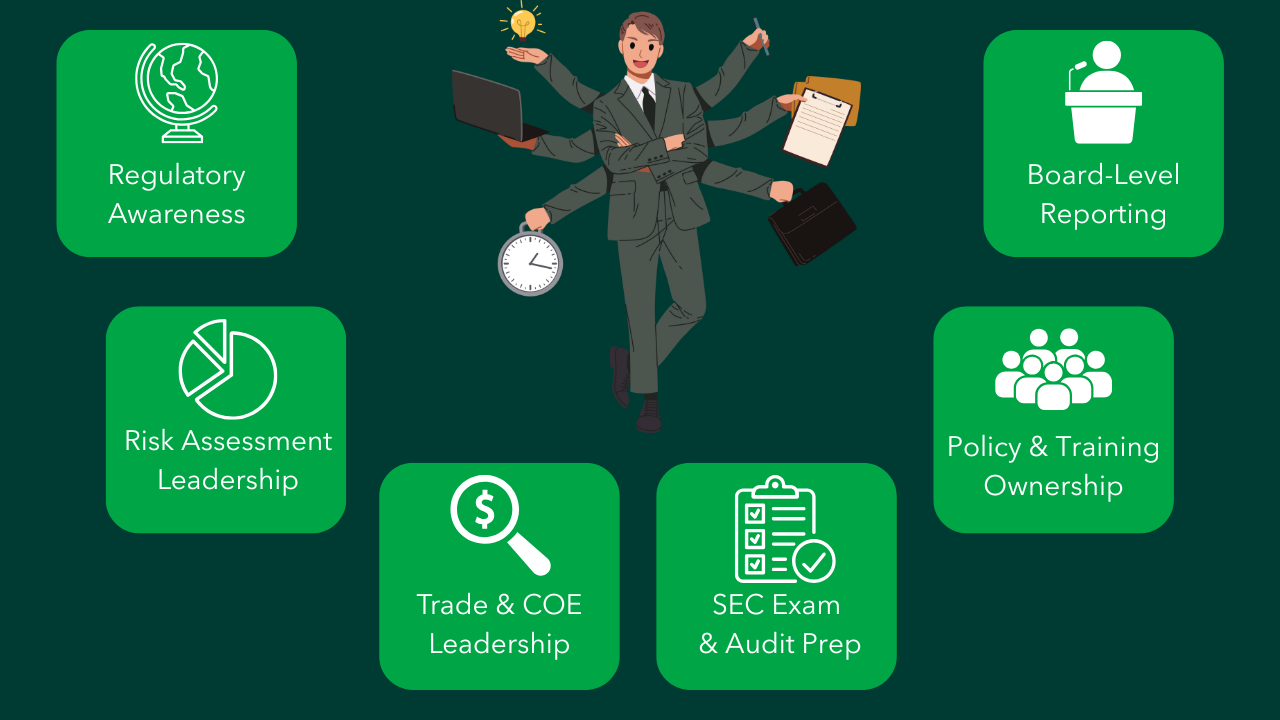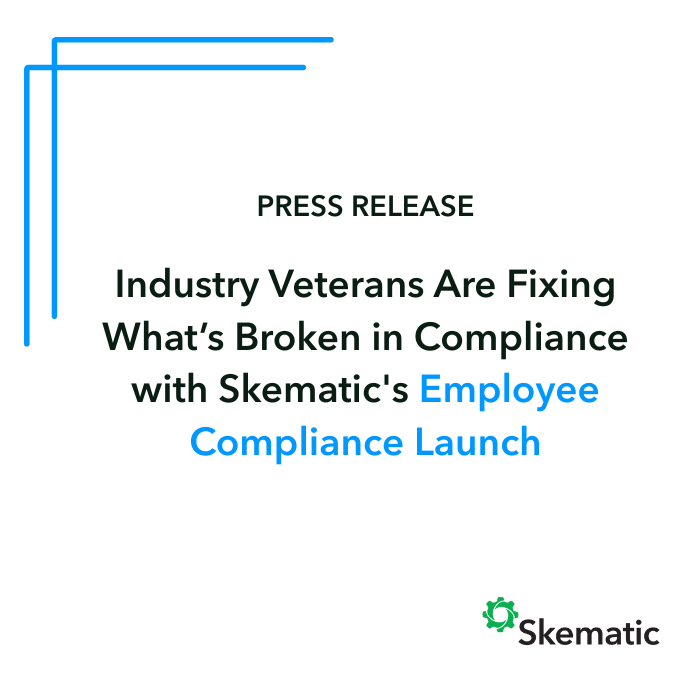Registered Investment Advisers (RIAs) operate in a highly regulated environment, and a robust RIA compliance program is crucial to maintaining integrity, client trust, and regulatory standing. With evolving SEC regulations, rising compliance risk, and the growing expectations of clients and regulators alike, firm leaders must ensure their compliance management system encompasses everything from written policies and procedures to continuous risk management and fiduciary duty oversight.
Understanding the Role of Investment Advisers
Professional investment advisers provide investment advice or recommendations to clients in exchange for compensation. Once IA firms reach certain thresholds, like managing $100 million in client assets, or offering advice across state lines, they must register as registered investment advisers (RIAs) with the Securities and Exchange Commission (SEC) or applicable state regulators, according to the Investment Advisers Act of 1940.
As a registered adviser, the firm (and its compliance team, led by a Chief Compliance Officer (CCO) must adhere to numerous regulatory requirements, including Form ADV, Form CRS, client account monitoring, written Code of Ethics, and personal trading preclearance. Above all, RIAs are bound by a fiduciary duty: the legal obligation to always act in their clients’ best interests, be transparent, avoid or disclose conflicts of interest, and maintain ethical practices at every turn.
The Importance of a Strong RIA Compliance Program
A comprehensive RIA compliance program must include:
- Written policies and procedures tailored to firm size, services, and access persons
- Designated Chief Compliance Officer with clear authority and resources
- Regular internal audit and risk assessment processes
- Ongoing monitoring of client accounts, communications, trading activity, and transactions
- Thorough written Code of Ethics, including attestations from supervised persons
- Employee personal trading policies, preclearance systems, and surveillance controls
- Compliance training programs to ensure awareness of SEC rules and updates
- Recordkeeping standards per the Advisers Act, including Form ADV filings, trade blotters, and email archiving
- Annual reviews, updates for policy changes, and documentation of corrective actions
This structured approach to compliance management systems enables firms to detect and prevent violations, reduce compliance risk, and demonstrate regulatory compliance at both the federal and state levels.
The Chief Compliance Officer’s Role
The Chief Compliance Officer is essential in overseeing the firm’s compliance infrastructure. Responsibilities include:
- Maintaining awareness of SEC regulations, including emerging rules, anti-money laundering, and international/federal standards
- Leading quarterly or annual risk assessments, identifying compliance gaps, and implementing mitigation
- Overseeing employee personal trading surveillance, Trade Reporting, and conflict investigations
- Reviewing and approving custodial disclosures, affiliate transactions, and client communications
- Preparing the firm for SEC exams, external audits, and Form ADV updates with full audit trails
- Reporting compliance issues and corrective actions to senior management or the board of directors, ensuring full accountability

Navigating Regulatory Oversight and SEC Requirements
The Securities and Exchange Commission supervises RIAs registered above $100 million in AUM. Requirements include:
- Filing Form ADV Part 1 & 2, Form CRS, and updates for financial or personnel changes
- Maintaining robust recordkeeping systems, including trade blotters, email archives, CRM data, and SEC-required documents
- Ensuring compliance with custody rules, financial reporting, and cybersecurity procedures, aligning with FINRA and FinCEN regulations
- Responding to SEC requests and demonstrating adherence to Bank Secrecy Act, anti-fraud provisions, and ethical standards in client advice
Modern Compliance Solutions and Risk Management Tools
To support efficient compliance management, many RIAs are turning to compliance software solutions. These platforms help automate:
- Document retention with version control
- Trade surveillance and communication monitoring
- Employee disclosures, COE attestations, and gift & entertainment logs
- Audit trail generation and exam preparation reporting
- Task assignment, due date reminders, and real-time compliance dashboards
Through these automation tools, firms can scale compliance operations, reduce compliance risk, strengthen regulatory adherence, and improve operational efficiency without losing the human oversight needed for ethical investment advice.
RIA Compliance Overview: Why It Matters
RIA compliance is more than regulatory box-checking, it’s foundational to operating with integrity and building long-term client trust. A mature RIA compliance program aligns services with the firm’s fiduciary duty, supports accountable compliance team workflows, and enables efficient responses to regulatory developments.
By empowering the Chief Compliance Officer, implementing strong compliance management systems, conducting regular risk assessments, and leveraging modern compliance tech like Skematic, RIAs can build resilient and transparent practices. This prepares the firm not just for SEC or state audits, but positions it as a leader in responsible investment management.
Streamline your RIA compliance with SkematicRequest a Demo



